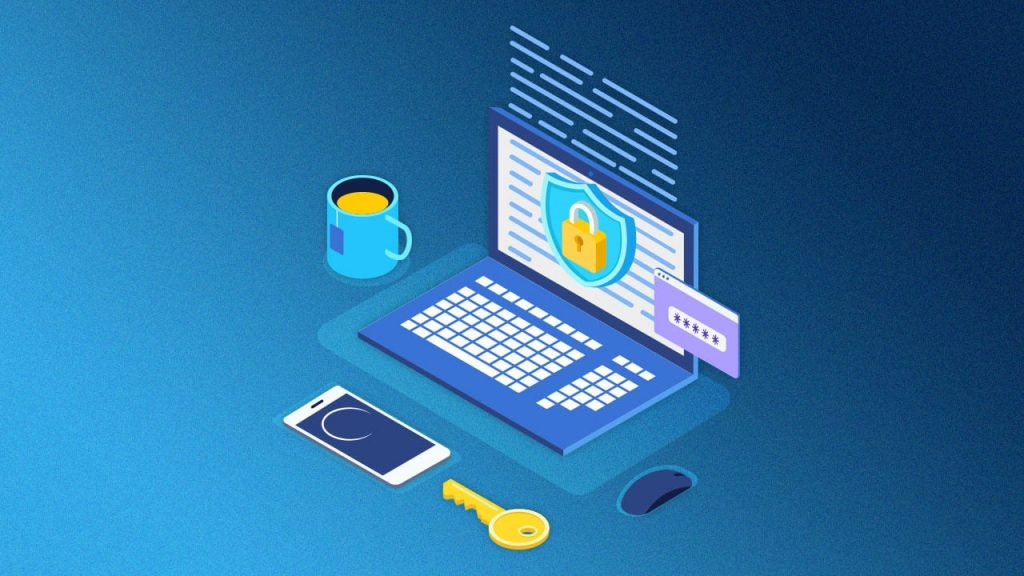Domain reputation is one of the most important aspects of email deliverability. A good domain reputation can help your emails get to the inbox, while a bad one can land them in spam folders or prevent them from being delivered at all.
Authenticating your emails and keeping your subscribers engaged are two of the most important things you can do to maintain a healthy domain reputation. Here are some tips to help you do it:
1. Use Double Opt-In
While the email verification process can be off-putting for some marketers, it’s worth pointing out that sending emails to subscribers who didn’t opt-in violates CAN-SPAM, GDPR regulations and CASL laws. And that’s bad news for your brand reputation, as it could cause your future emails to get filtered into the Promotions or Clutter folder or even marked as spam.
The best way to ensure a clean and high-quality list is using a double opt-in. This means that when visitors fill out a sign-up form they will be sent a confirmation link to verify their email address and then be added to the list.
To improve the conversion rate of your double opt-in, optimize your forms and thank you page. For example, you can include a streamlined “Nearly There” page that keeps people on-site and prevents them from opening a new tab or navigating away from the website to click the email verification link. You should also incentivize your sign-ups to give people a clear reason why they should complete the double opt-in process.
2. Authenticate Your Emails
Email authentication is one of the most important things you can do to keep your emails out of spam folders. It’s a process that involves adding a digital signature to your emails, which tells the receiving server that the message comes from you and hasn’t been tampered with.
Authenticating your emails can help prevent spoofing and phishing, improve deliverability, and ensure that recipients receive the messages they expect to see from you. There are several different types of email authentication, including Sender Policy Framework (SPF), DomainKeys Identified Mail (DKIM), and Domain-Based Message Authentication Reporting and Conformance (DMARC).
Using these methods can improve your inbox placement rate and reduce the number of your emails that end up in spam folders. It can also help your subscribers identify the emails you send as coming from a trustworthy source and trust you more as a brand. In addition, DMARC can help you comply with Canada’s Anti-Spam Legislation and Europe’s General Data Protection Regulation (GDPR). For more information on how to get started with email authentication, check out our Guide to Email Authentication.
3. Maintain a High-Quality Subscriber List
A high-quality email list is an asset to your business, helping you establish trust and loyalty that can result in repeat purchases and brand advocacy. But growing a quality subscriber list takes time and effort.
To ensure that your list remains clean and valuable, it’s important to regularly perform email list management tasks. For example, implementing double opt-in helps prevent invalid and mistyped email addresses from entering your list. It also improves deliverability.
Similarly, making it easy for new subscribers to connect with you is key to maintaining an organic and permission-based list. Consider placing a signup form on your website’s about page or at the end of every blog post. Creating an engaging lead magnet is another way to grow your list, such as the free tools and detailed guides offered by Moz or Backlinko.
Finally, honoring unsubscribe requests is a critical part of email list management. This not only improves deliverability but also demonstrates respect for your subscribers’ privacy and protects your sender reputation.
4. Keep Your Emails Relevant
With email recipients receiving up to 300 billion emails per day, making your messages stand out amongst the crowd isn’t easy. Adding relevant content, personalising your copy to each individual recipient and keeping your email marketing campaign timed correctly can help you avoid spamming your prospects, as well as maintaining the highest possible inbox placement rate.
The quality of your contact list is also important. Keep it updated, removing duplicate or dormant contacts regularly to reduce hard bounces and spam complaints.
Your domain reputation is the opinion receivers (including mailbox providers and anti-spam services) have of your domain name, which helps them decide whether your emails make it to a prospect’s inbox or get sent straight to spam. It isn’t built overnight and can be hampered by a variety of factors, including bounces, spam reports, and low engagement metrics. Iteratively monitoring these factors and avoiding any that may negatively impact your domain reputation can greatly improve your email deliverability.






